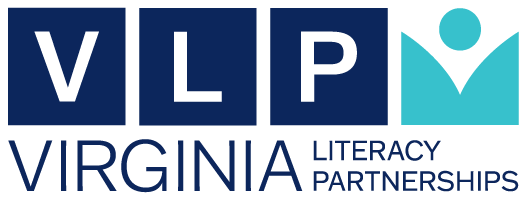PALS-K Assessment
PALS-K is a measure of students' knowledge of several important literacy fundamentals: phonological awareness, alphabet recognition, concept of word, knowledge of letter sounds and spelling. PALS-K provides a direct means of matching literacy instruction to specific literacy needs and provides a means of identifying those students who are relatively behind in their acquisition of these fundamental literacy skills.
Rhyme Awareness
Out of a set of three pictures, students are asked to identify the one that rhymes with the target picture. There are ten items; students who perform below expectation on the group rhyme task take the task in an individual format.
Beginning Sound Awareness
Out of a set of three pictures, students are asked to identify the one that has the same beginning sound as the target picture. There are ten items; students who perform below expectation on the Group Beginning Sound task take the task in an individual format.
Alphabet Knowledge
Students are asked to name the 26 lower-case letters of the alphabet.
Letter Sounds
Students are asked to produce the letter sounds of 23 upper-case letters of the alphabet, as well as three digraphs.
Spelling
Students spell five consonant-vowel-consonant words, receiving credit for phonetically acceptable substitutions.
Word Recognition in Isolation
Word Recognition in Isolation is an optional task on PALS-K, but can be administered to students who have some reading ability. Preprimer, Primer, and First-grade level lists are provided.
Scores and Expectations
Students' scores on specific tasks are added together to create a summed score. This summed score is compared against a benchmark that represents minimum expectations for fall and for spring. If a student's summed score is below the benchmark, that student should receive instruction that is in addition to the regular classroom literacy instruction.


